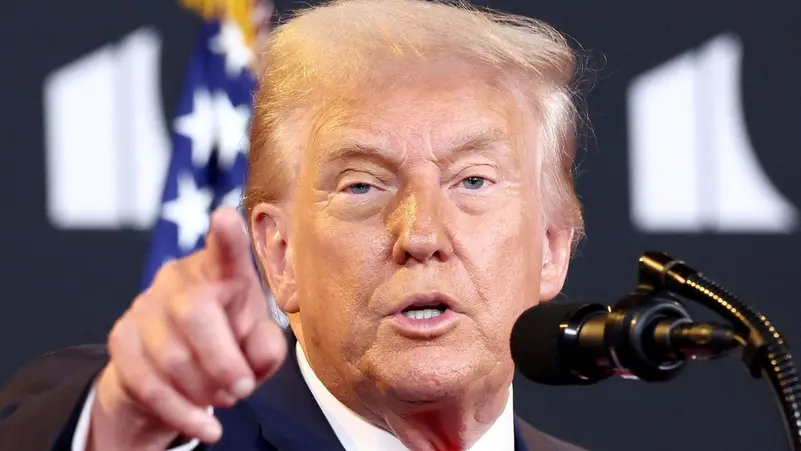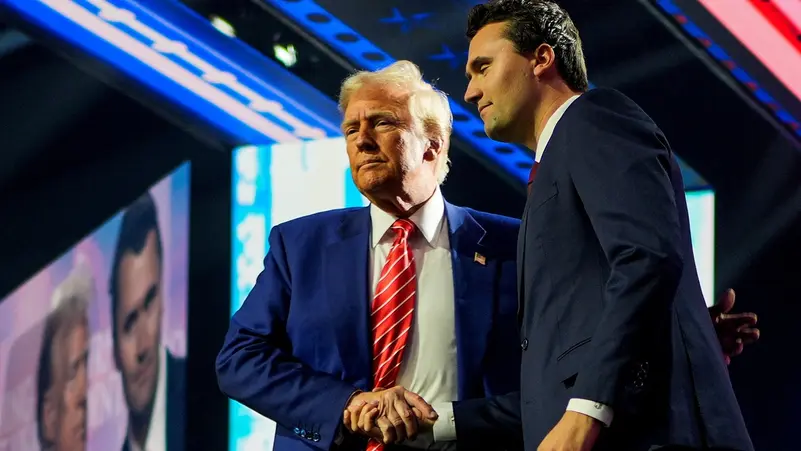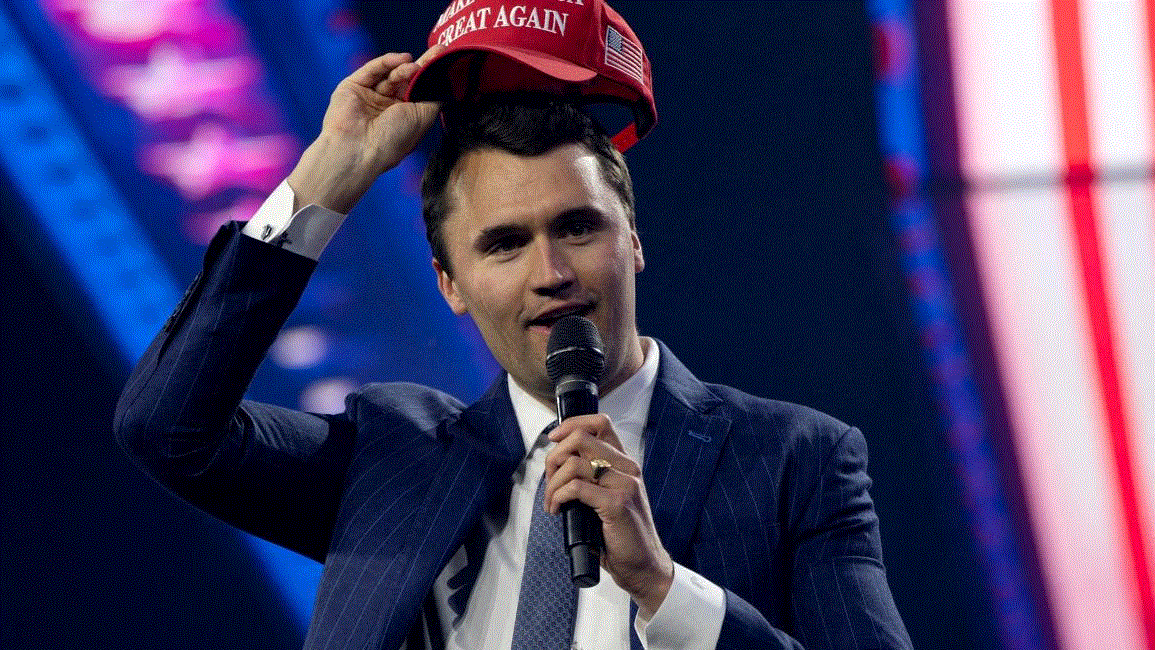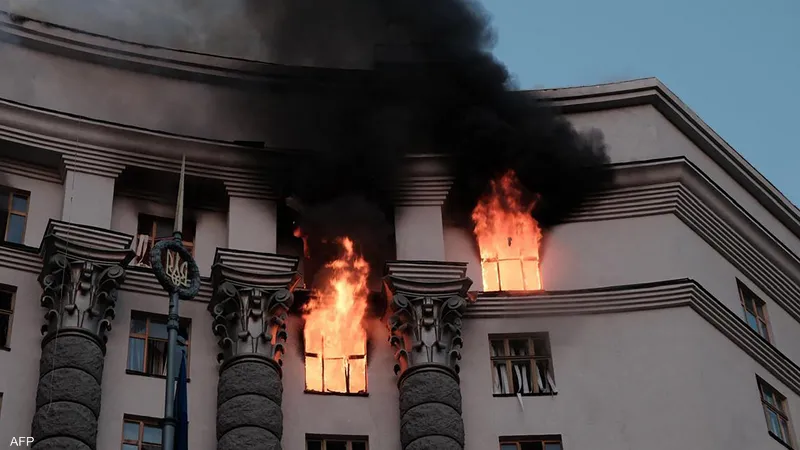Trump’s New Tariff Wave Shakes Global Markets and Sparks Diplomatic Uproar
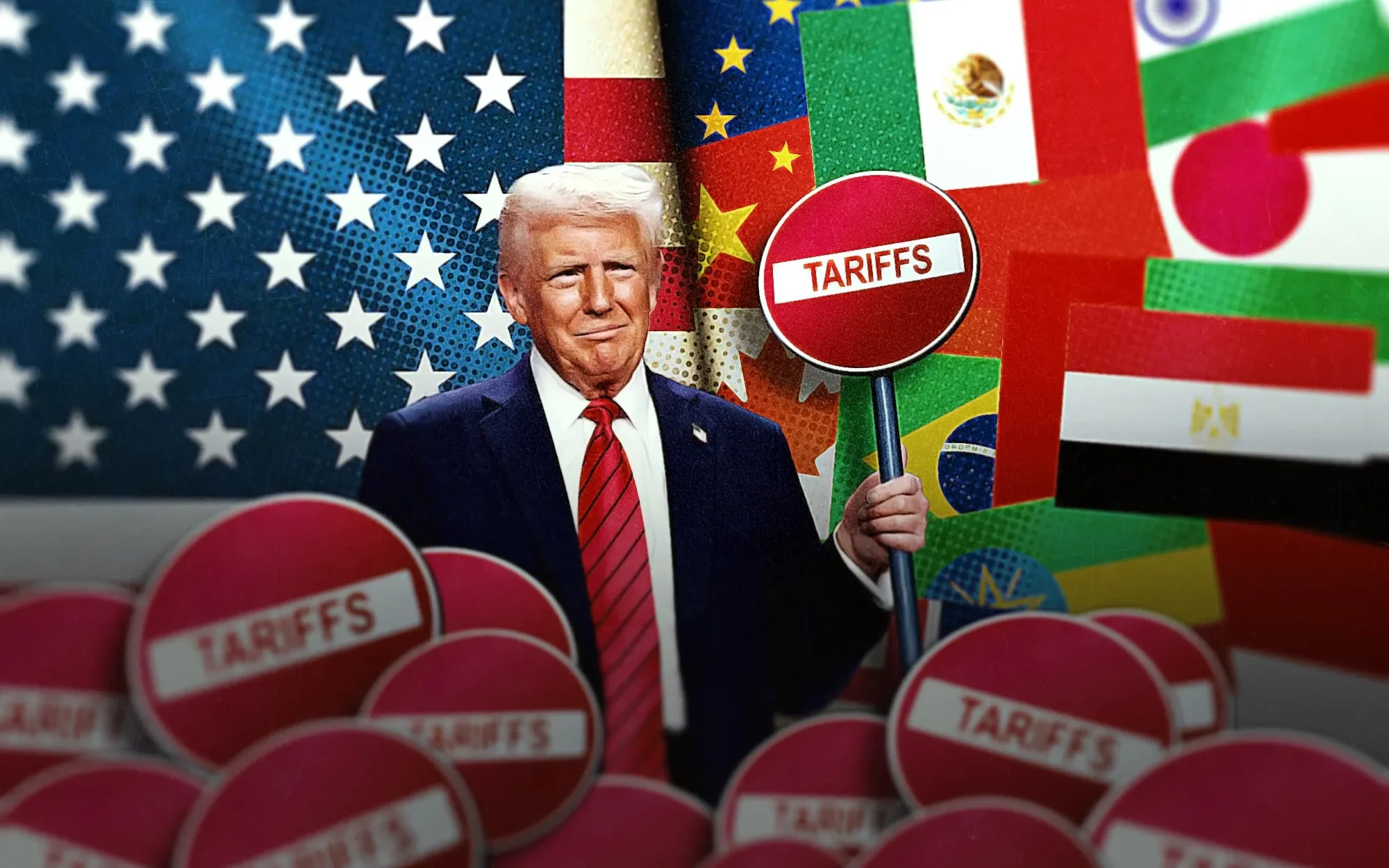
In a dramatic move making breaking news headlines worldwide, former President donaldtrump signed an executive order to impose tariffs as high as 41% on imports from up to 92 countries. The decision, announced just days before an August 7 implementation deadline, triggered fears of a new global trade war and sent shockwaves through financial markets.
Why Trump Is Raising Tariffs Now
The new policy targets countries like Canada, India, Switzerland, South Africa, and Taiwan. The stated aim: force better trade terms and protect American industries.
Some countries, including the UK and Australia, secured slightly lower rates of around 10–15%, while Mexico received a 90-day reprieve before tariffs hit.
Critics warn the move could:
-
Drive up consumer prices in the us
-
Harm small businesses and exporters
-
Undermine longstanding alliances
Europe’s Calculated Response
Rather than immediate retaliation, European leaders opted to freeze planned counter-tariffs and enter negotiations. A limited deal capped tariffs on European exports to America at 15%, although sensitive sectors like auto manufacturing remain under discussion.
Behind the scenes, Europe accelerated talks on defense and technology cooperation independent of Washington, signaling a deeper desire to reduce reliance on U.S. trade.
Ripples Across Global Trade
Trump’s order rattled supply chains:
-
Markets in Asia and Europe dropped sharply before stabilizing
-
The South African rand and Swiss franc weakened
-
Trade analysts predicted cost spikes in electronics, machinery, and raw materials
Observers see the tariffs as part of Trump’s broader vision of protectionist economics, reinforced by his signature style of last-minute deadlines.
Political Fallout at Home
Democrats blasted the tariffs as a tax on American families, warning they could worsen inflation and strain household budgets.
Some Republicans, especially those linked to export-heavy states, privately expressed concerns, though Trump’s loyal base backed the move as bold economic leadership.
As the us prepares for the 2024 election cycle, trade policy is becoming a sharp dividing line in political debate.
Beyond Trade: A Geopolitical Statement
Targeting India with a 25% tariff also carries a message: Washington’s frustration over New Delhi’s ties to Russia in energy and defense. Analysts view this as a signal to other countries balancing between U.S. and Russian interests.
The White House insists the tariffs are about “fair trade,” but diplomats see clear geopolitical undertones.
Business Leaders Sound the Alarm
Industry groups warned of job losses and higher production costs if tariffs stay. Sectors like auto parts, steel, and consumer electronics face the steepest increases.
Small businesses relying on global supply chains fear sudden price spikes could force layoffs or closures.
Trump’s Strategy: Shock and Leverage
For Trump, the goal appears twofold:
-
Show strength by delivering on protectionist promises
-
Force foreign governments back to the negotiating table before the election
It’s a gamble: one that could secure better terms—or risk isolating the us economically.
Europe’s Countermove: Strategic Independence
The EU signed the “Kingston Accord,” a new framework for defense and technology cooperation separate from Washington. Leaders say they will not be “held hostage” by U.S. trade threats.
The pact also deepens trade ties with Asian and Latin American economies to cushion against future shocks.
What’s Next
-
The August 7 deadline looms large for many countries
-
Mexico has until late October to negotiate exemptions
-
The federalreserve faces new questions about inflation risk if tariffs stay
Business groups and lawmakers prepare legal challenges and public campaigns to soften or overturn the order.
Final Thought
Trump’s sweeping tariffs could reshape global trade and test America’s alliances. Supporters call it long overdue; critics warn it may cost jobs and raise prices.
In a world already divided, trade becomes both weapon and message.
